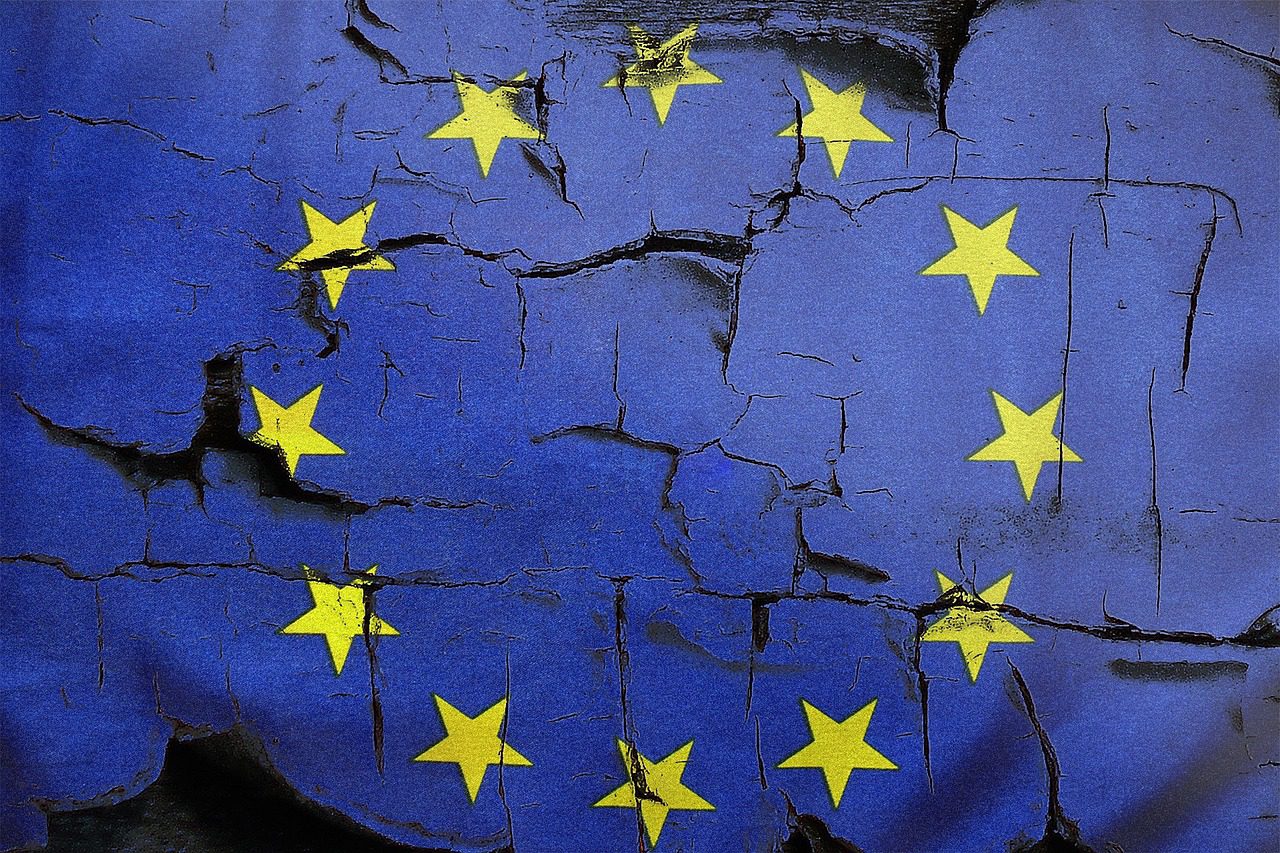
Human Trafficking on the Rise in the EU
In 2012 the European Union commissioned a report by Eurostat Working Group on Crime Statistics to discover the depth of human trafficking in Europe. The “Trafficking in Human Beings” report was released on Monday and the comprehensive report analyzed human trafficking statistics from European Union member states as well as Croatia, Iceland, Montenegro, Norway, Switzerland, Turkey and the Former Yugoslav Republic of Macedonia. The findings of the report present a sombre reality for survivors of human trafficking in the European Union.
Key Findings
The key findings in the “Trafficking in Human Beings” report present a surprising statistic; namely that from 2008-2010 the number of suspected traffickers has decreased by 17 percent but the number of human trafficking victims has risen dramatically by 18 percent. This puzzling finding supports the Department of State Trafficking in Persons 2012 report, which states that human trafficking is increasingly becoming a larger part of organized crime rings rather than small time traffickers. The number of trafficking victims has increased as the organized crime rings continue to profit from the exploitation of vulnerable men and women.
Startling Statistics
Some not so surprising findings are that 75 percent of convicted traffickers are male and the majority of trafficking victims, 80 percent, are comprised of women and young girls. The majority of victims trafficked into the European Union from EU countries are trafficked from Bulgaria and Romania. This is not a new finding, as most victims of sex trafficking come from countries with high levels of poverty and Bulgaria and Romania are some of the poorest in the European Union.
The majority of victims trafficked into the European Union from non-EU countries come from China and Nigeria. This data corresponds to the Department of State Trafficking in Persons Report, which states that the majority of trafficking victims come primarily from Asia and Africa. It is also interesting to note that both reports mention that accused human traffickers are most likely to hold citizenships from Asian and African countries.
Dismal Future for Victims of Trafficking in the European Union
The biggest finding of the report lies in the startling fact that convictions for human trafficking decreased from 2008 to 2010 by 13 percent. The report concedes that part of the reason for the decrease is due to the slow response from local authorities in the European Union. The most striking figure to come from the “Trafficking in Human Beings” report is that only six of the 27 European Union states have fully incorporated the EU Anti-Trafficking Directive into their national legislation. The Anti-Trafficking Directive states that:
Member States shall take the necessary measures to establish national rapporteurs or equivalent mechanisms. The tasks of such mechanisms shall include the carrying out of assessments of trends in trafficking in human beings, the measuring of results of anti-trafficking actions, including the gathering of statistics in close cooperation with relevant civil society organisations active in this field, and reporting.
Addressing human trafficking is a strategic priority of the European Union member states and the European Commission. Earlier this month, the deadline expired for member states to transpose the EU Anti-Trafficking Directive into their national legislation. More than 21 countries watched as the April 6, 2013 deadline came and went without adopting the EU Anti-Trafficking Directive into their national legislation.
The “Trafficking in Human Beings” report states that within the European Union there has been a dramatic increase in human trafficking and a decrease in the conviction of traffickers. When these statistics are combined with the lack of effort by the majority of EU member states to adopt the EU Anti-Trafficking Directive, it creates a very dismissal outlook for the victims of modern day slavery.
